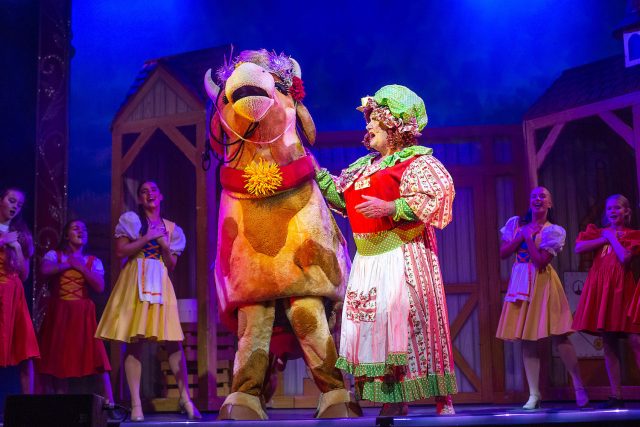Brian Luff writes…
Pantomime (or simply “Panto”) is a type of musical comedy stage production designed for family entertainment. Here’s a little bit of history. Panto was developed in Merry England and is performed throughout the United Kingdom, Ireland and increasingly in other English-speaking countries – especially during the Christmas and New Year season. Modern pantomime includes songs, corny gags, slapstick comedy and dance routines. Traditionally, men tend to play the women’s parts and women play the men’s parts, and topical humour is also an important ingredient.
Most stories are more or less based on well-known fairy tales, fables or folk tales. Most importantly, pantomime is a participatory form of theatre, in which the audience is continually encouraged (and expected) to sing along with certain parts of the music and shout out phrases to the performers like “he’s behind you!”.
Panto has a long theatrical history in Western culture dating back to the era of classical theatre. It developed partly from the 16th century Italian commedia dell’arte tradition, as well as from other European and British stage traditions, such as 17th-century masques and music hall. Now you shout, “Oh, no it didn’t!”

